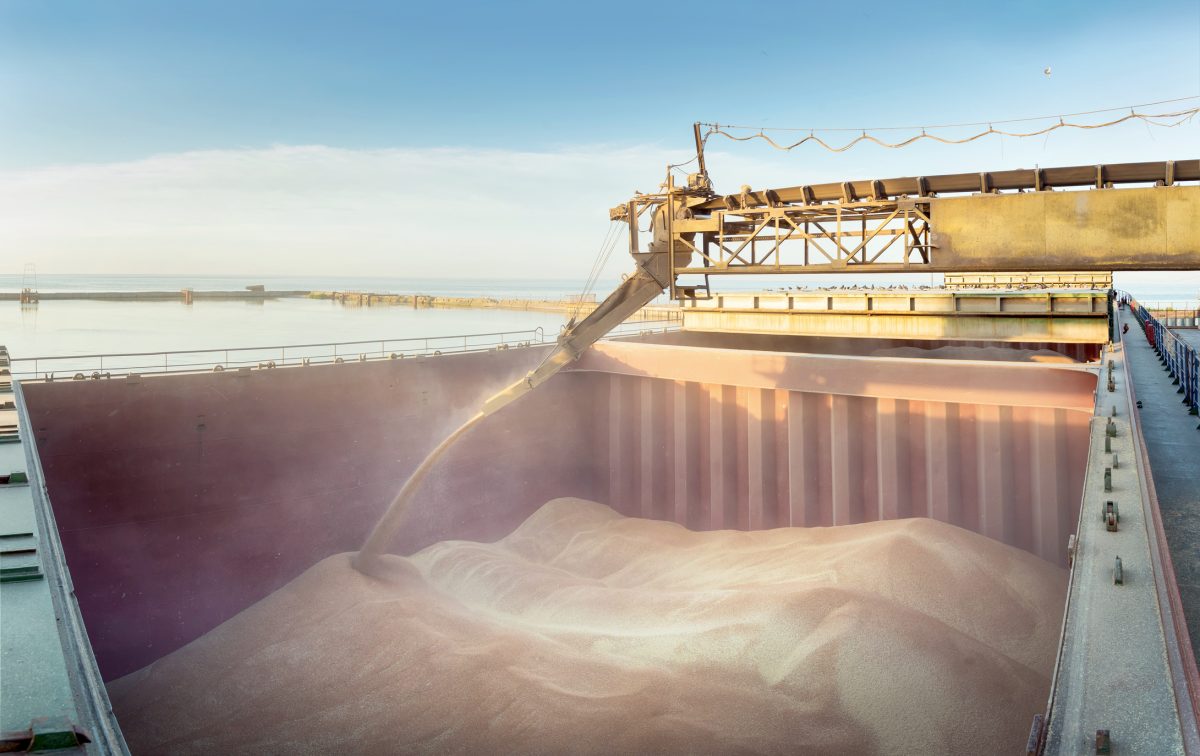The first significant frost of the calendar year occurred across grain- and oilseed-producing regions of the Prairies overnight Tuesday, but damage to crops was only expected to be minimal.
The exact amount of damage to any crop will be determined by the duration of the cold temperatures, whether fields were in low-lying areas, and the maturity of the crop, according to Bruce Burnett, director of the crop and weather surveillance department at the Canadian Wheat Board.
Temperatures of -5 to -7 C occurred in parts of Alberta and Saskatchewan, Burnett said. Readings of -3 to 0 C were reported in Manitoba.
Read Also

Prairie Wheat Weekly: Prices up in most areas
Cash prices for spring wheat and durum across the Canadian Prairies were mostly higher during the week ended Nov. 4. As Minneapolis spring wheat stepped back, there was a modest increase in Kansas City hard red while Chicago soft red was up sharply.
Frost warnings across Western Canada have also been issued by Environment Canada for overnight Wednesday.
“It is not unusual to experience a frost in the middle of September, but the severity of the cold was a bit abnormal,” he said.
Burnett said that if any damage occurred, crops that were behind in maturity probably suffered the most. If the moisture content of the kernel was high, additional damage was likely felt.
Damage from the frost won’t be known until the combines are rolling, he said, but because the crop was more mature than it was at the same time a year ago and the harvest was significantly more advanced (two-thirds complete), losses should be fairly minimal.
Most of Western Canada’s pulse crops have already been harvested and in turn the damage to those crops from the frost was also seen as minimal, if any at all, Burnett said.














